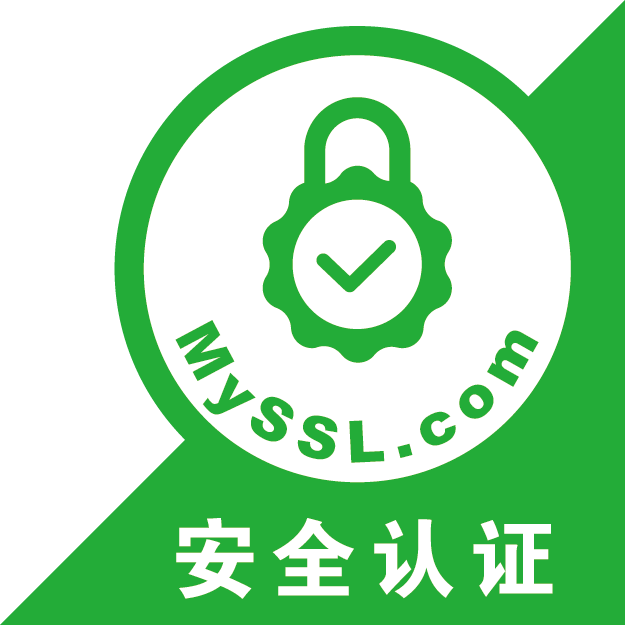悠悠楠杉
C中的JWT认证与WebAPI中的Token验证实现
在现代Web开发中,传统的基于Session的身份认证方式逐渐被无状态的Token机制所取代,而JWT(JSON Web Token)因其轻量、自包含和跨平台特性,成为构建RESTful API时最常用的安全方案之一。特别是在C#开发的ASP.NET Core Web API项目中,集成JWT认证已成为标准实践。
JWT本质上是一个经过加密签名的字符串,由三部分组成:Header(头部)、Payload(载荷)和Signature(签名)。Header说明使用的算法,Payload携带用户信息(如用户名、角色、过期时间等),Signature则用于验证Token的完整性和来源可靠性。由于其结构紧凑且可被Base64编码,JWT非常适合在HTTP请求头中通过Authorization字段传输。
在C#的ASP.NET Core环境中,实现JWT认证主要依赖于Microsoft.AspNetCore.Authentication.JwtBearer包。首先需要在项目中通过NuGet安装该包,并在Program.cs(或Startup.cs,取决于版本)中进行服务注册和中间件配置。
我们从一个简单的场景开始:用户登录后,服务器生成JWT并返回给客户端;后续每次请求,客户端需在请求头中携带该Token,服务器自动验证其有效性。
首先,在appsettings.json中配置JWT相关参数:
json
"JwtSettings": {
"SecretKey": "your-super-secret-key-that-should-be-long-and-random",
"Issuer": "your-api-site.com",
"Audience": "your-client-app.com",
"ExpiryMinutes": 30
}
接着,在Program.cs中注入认证服务:
csharp
builder.Services.Configure
var jwtSettings = builder.Configuration.GetSection("JwtSettings").Get
builder.Services.AddAuthentication(options =>
{
options.DefaultAuthenticateScheme = JwtBearerDefaults.AuthenticationScheme;
options.DefaultChallengeScheme = JwtBearerDefaults.AuthenticationScheme;
})
.AddJwtBearer(options =>
{
options.TokenValidationParameters = new TokenValidationParameters
{
ValidateIssuer = true,
ValidateAudience = true,
ValidateLifetime = true,
ValidateIssuerSigningKey = true,
ValidIssuer = jwtSettings.Issuer,
ValidAudience = jwtSettings.Audience,
IssuerSigningKey = new SymmetricSecurityKey(Encoding.UTF8.GetBytes(jwtSettings.SecretKey))
};
});
同时,别忘了启用认证中间件:
csharp
app.UseAuthentication();
app.UseAuthorization();
接下来是生成Token的逻辑。通常在用户登录成功后调用:
csharp
private string GenerateJwtToken(string userId, string role)
{
var claims = new[]
{
new Claim(JwtRegisteredClaimNames.Sub, userId),
new Claim(ClaimTypes.Role, role),
new Claim(JwtRegisteredClaimNames.Jti, Guid.NewGuid().ToString())
};
var key = new SymmetricSecurityKey(Encoding.UTF8.GetBytes(_jwtSettings.SecretKey));
var creds = new SigningCredentials(key, SecurityAlgorithms.HmacSha256);
var token = new JwtSecurityToken(
issuer: _jwtSettings.Issuer,
audience: _jwtSettings.Audience,
claims: claims,
expires: DateTime.Now.AddMinutes(_jwtSettings.ExpiryMinutes),
signingCredentials: creds);
return new JwtSecurityTokenHandler().WriteToken(token);
}
一旦Token生成并返回给前端,后续所有受保护的API接口只需添加[Authorize]特性即可自动触发验证流程。例如:
csharp
[ApiController]
[Route("api/[controller]")]
public class DashboardController : ControllerBase
{
[HttpGet]
[Authorize]
public IActionResult GetUserData()
{
var userId = User.FindFirstValue(ClaimTypes.NameIdentifier);
return Ok(new { Message = "Access granted", UserId = userId });
}
}
此时,当请求到达该接口时,ASP.NET Core会自动解析Authorization头中的Bearer Token,验证签名、过期时间等信息,并将用户声明填充到HttpContext.User中,供控制器代码读取。
值得注意的是,JWT虽然方便,但也存在一些安全考量。例如,无法主动使Token失效(除非引入黑名单机制),因此应合理设置较短的过期时间,并结合刷新Token策略提升安全性。
综上所述,C#中的JWT认证通过标准化的中间件和灵活的配置,为Web API提供了高效、可扩展的身份验证方案。掌握其核心原理和实现步骤,是构建现代安全API服务的关键能力。


